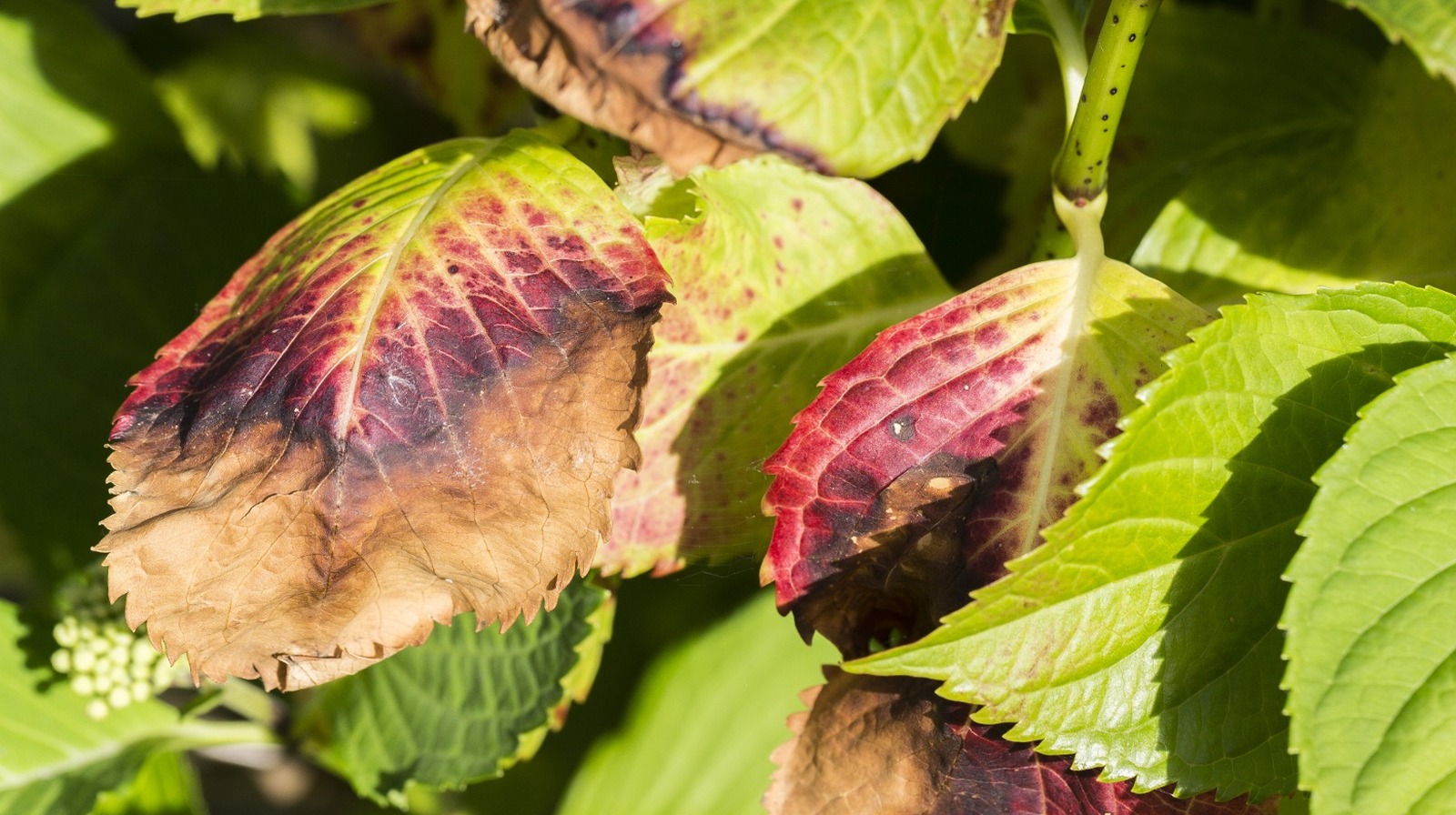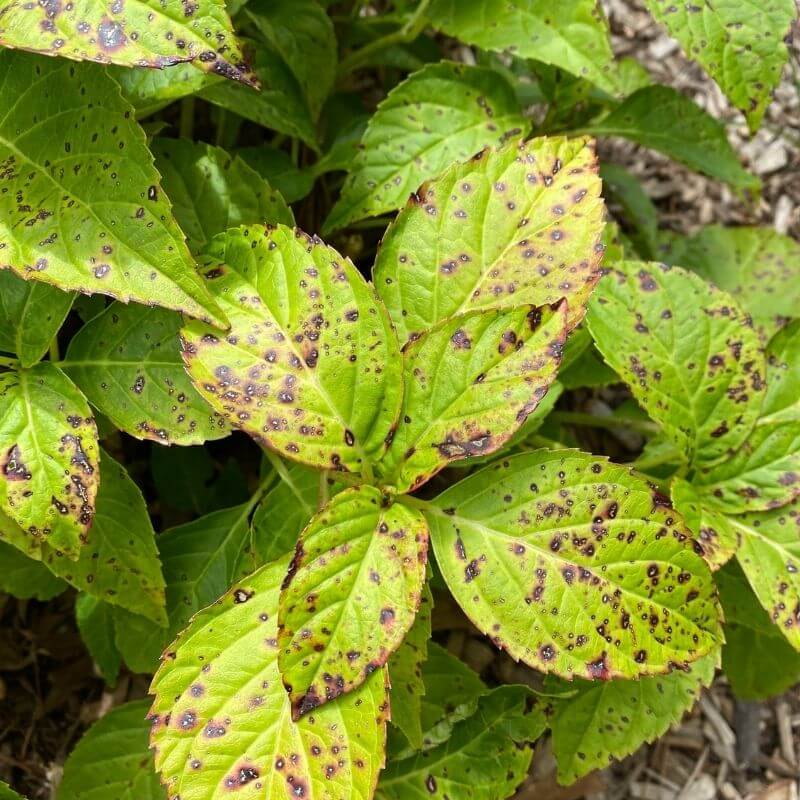Not known Details About Hydrangea Leaves Turning Yellow
Not known Details About Hydrangea Leaves Turning Yellow
Blog Article
An Unbiased View of Hydrangea Leaves Turning Yellow
Table of ContentsTop Guidelines Of Hydrangea Leaves Turning YellowThe Hydrangea Leaves Turning Yellow DiariesThe Main Principles Of Hydrangea Leaves Turning Yellow How Hydrangea Leaves Turning Yellow can Save You Time, Stress, and Money.
Hydrangea plants are known for their gorgeous blossoms, however in some cases their leaves can transform yellow. This is typically a sign that something is incorrect and the plant needs your aid. There are a number of feasible reasons of yellow fallen leaves on Hydrangeas, and the good news is the majority of them are easy to deal with. Right here we'll cover one of the most common reasons of Hydrangea leaves turning yellow and exactly how to fix them.Hydrangea leaves turning yellow can be a reason for concern. Hydrangea leaves typically turn yellow when the plant is overwatered.
When the origins of a plant are immersed in water for long periods, they start to asphyxiate and rot. This process cuts off the roots' oxygen supply, triggering the fallen leaves to turn yellow and ultimately pass away. Overwatering can additionally lead to other problems such as leaf decrease, origin damages, and fungal development.
If you believe your Hydrangea is overwatered, the very best solution is to allow the dirt dry totally before watering once again. It's additionally a great concept to check the drain of your pot or yard bed and make sure that water is not pooling around the plant's origins. Hydrangea plants require well-drained dirt to prosper.
Not known Factual Statements About Hydrangea Leaves Turning Yellow
Hydrangea leaves can also transform yellow if the plant is not obtaining sufficient water. This happens when the plant does not receive enough water, and the soil starts to dry out.

This is called "fertilizer melt," It happens when the plant's roots are exposed to excessive fertilizer. The roots can't soak up every one of the nutrients and become damaged. This damage creates the fallen leaves to turn yellow and eventually pass away. Various other indications of plant food burn consist of brown or yellow fallen leaves, wilting, and stunted growth.
This will certainly help get rid of any excess fertilizer from the origins of the plant. It's also a great concept to reduce the amount of plant food you are visit this website using.
Excitement About Hydrangea Leaves Turning Yellow

If your Hydrangea is infested with parasites, dealing with the plant with neem or look at this site gardening oil is the finest option. It's likewise great to eliminate any affected fallen leaves from the plant (Hydrangea Leaves Turning Yellow).
To stay clear of spreading out the illness, make sure to sanitize your scissors before reducing any kind of ends. Hydrangea leaves can also turn yellow if the temperature level worries the plant. This typically happens when the plant is exposed to extreme chilly or heat. The leaves of the plant will certainly turn yellow and begin to hand over.
If the temperature emphasizes your Hydrangea, you need to move the plant to an area where it will be protected from the severe chilly or warmth. You can likewise try to give the plant with some partial shade if exposed to route sunlight. You can additionally try including mulch around the plant base to aid control the temperature level.
7 Simple Techniques For Hydrangea Leaves Turning Yellow
The fallen leaves can likewise turn yellow if the Hydrangea plant has origin rot. This is normally brought on by overwatering or inadequate water drainage. When the plant's roots are submerged in water for as well long, they begin to rot. Among the most typical origin rot symptoms is yellowing leaves, as the fungi protects against the roots from taking in nutrients from the dirt.
Check the roots of your Hydrangea if it has root rot. If some healthy roots are left, you can try to conserve the plant by replanting it in a brand-new pot with fresh dirt.
If your Hydrangea is heavily affected by origin rot, beginning with a brand-new plant is best. As Hydrangeas age, their leaves will slowly turn yellow and brownish before falling off the plant.
You can aid the plant by guaranteeing it is obtaining sufficient water and nutrients. One possibility visit here is that the plant is not obtaining sufficient water.
Report this page